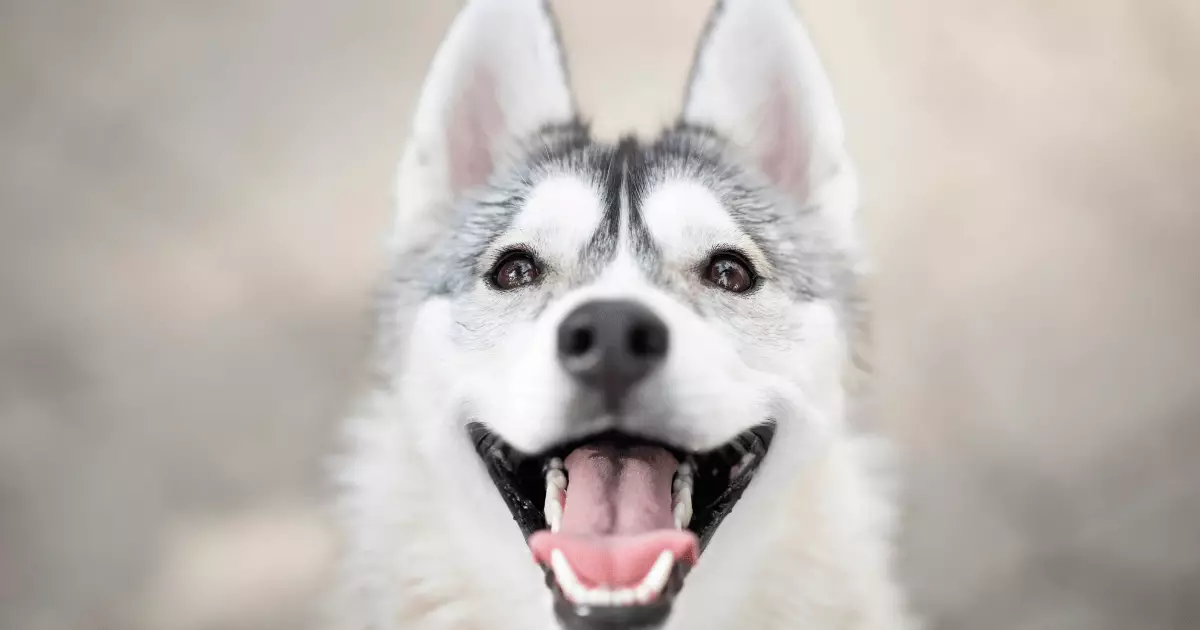For those new to the world of canine companionship, navigating the blooming bouquet of questions about your dog’s dental health can be quite daunting. A handful may ponder how their furry friend’s dental structure compares to theirs, and rightfully so. Interestingly, puppies begin life devoid of teeth, much like human infants. It isn’t until around the third to fourth week that tiny incisors appear. By the time they reach three to five months, these energetic pups boast a total of 28 temporary teeth, commonly referred to as milk teeth. However, it’s notable that smaller breeds may take longer to develop both their puppy and permanent teeth.
The Shedding of Puppy Teeth: An Essential Process
As your puppy continues its rapid growth trajectory, these milk teeth eventually give way to adult teeth within a few months. The first to shed are typically the incisors around the approximately four-month mark, followed by the canines at five to six months. This process is entirely natural and often goes unnoticed by pet owners. However, should any milk teeth stubbornly cling on beyond their due time, it’s crucial to involve a veterinarian, as retained teeth might lead to dental complications down the line.
In the excitement of watching your pet grow, many overlook the finer points of dental health, notably the emergence of premolars and molars between the ages of five to eight months. By the end of this incredible transformation, an adult dog will have a robust 42 teeth, a number exceeding that of their human counterparts. This includes incisors for gripping, canines for tearing, and premolars and molars for grinding.
Understanding the Uniformity of Canine Dentition
A common misconception that often puzzles dog owners is the belief that tooth count may vary by breed. In reality, regardless of size—whether it be a petite Chihuahua or a towering Great Dane—most adult dogs possess exactly 42 teeth. This uniformity is one of nature’s marvels and emphasizes that adequate dental care should be a universal concern for all pet owners.
The Importance of Dental Care in Dogs
Ensuring optimal dental health is paramount for the overall well-being of your canine companion. A dog’s dental hygiene directly impacts various aspects of their health, including their longevity and quality of life. Warning signs such as persistent bad breath, mobility in teeth, or unexpected tooth loss are indicators that something may be amiss. If such symptoms are observed, seeking veterinary attention becomes imperative to diagnose any underlying issues early.
As a first-time dog owner, equipping yourself with knowledge about your pet’s dentition is not just beneficial—it is essential. Observing these practices not only ensures your dog maintains a healthy mouth, but also enhances their quality of life and fosters a happier, more vibrant long-term companionship.

